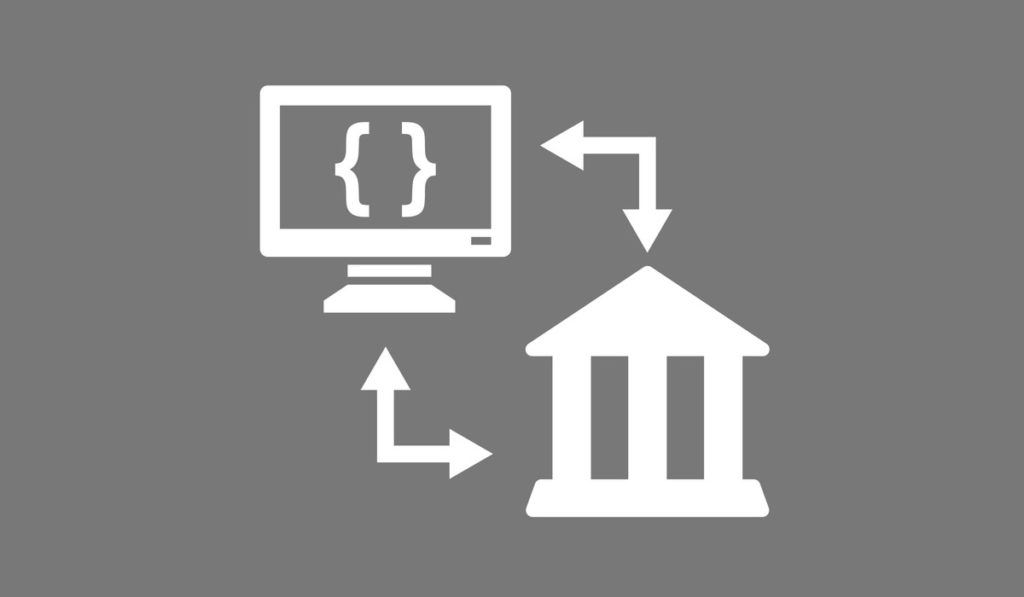
Open Banking: It Doesn’t Need to Be “Rip and Replace”
New modular microservices-based approaches can upgrade legacy systems to PSD2 compliance and support digital transformation at a measured pace
 Reengineering core banking systems that have been developed over decades, while innovating fast enough to stay competitive is, as IBM CTO (Industry Platforms) Tom Eck puts it: “Like trying to change your tires while speeding down the motorway.”
Reengineering core banking systems that have been developed over decades, while innovating fast enough to stay competitive is, as IBM CTO (Industry Platforms) Tom Eck puts it: “Like trying to change your tires while speeding down the motorway.”
Yet many financial services companies feel caught between increasingly strained legacy systems and the challenge of migrating to the cloud: to extend the simile, neither parking on the hard shoulder, nor attempting this tyre change on the move seem enticing.
Simply coasting along is no longer an option: younger consumers expect personalised digital experience; low return on equity (ROE) is rife amid slow growth, and the imposition of strong cost controls and regulatory (as well as macroeconomic) headwinds persist.
Regulators Demand Open Banking: But Legacy Architecture is a Challenge
Regulators meanwhile have made clear what they expect under regulations such as Payment Services Directive 2 (PSD2): agility, resilience, transparency and a host of data.
All of these factors mean change is urgently needed in most financial institutions.
Yet fears of welcome “digital disruption” causing unwelcome disruption to business-as-usual for clients abound. The regulatory requirement for API-powered Open Banking meanwhile is rendered even more challenging by the fact that convoluted banking IT architecture often makes it difficult to categorise disparate core IT systems into clear business functions.
(Many in the financial services sector can admit to a stab of envy at the fintech startups disrupting the value chain; upstarts that are starting from scratch with an entirely new stack built to deliver an API-powered services marketplace, however limited their scale).
Bridging the Legacy-to-Cloud Chasm
Yet meeting both customer and regulatory requirements for Open Banking doesn’t have to be a “rip-and-replace” task, experts emphasise.
Ahead of the annual Sibos conference, IBM for example, has released a modular Open Banking Platform that allows users to continue using existing systems.
It uses microservices and modern architectural tools to build a layer on top of legacy systems that allows them to interact with cloud-based application ecosystems.
As Bharat Bhushan, IBM’s CTO, Banking & Financial Markets tells Computer Business Review: “This platform is a really exciting offering for the industry. It is a solution built using modern architectural practices with options to run on premises or in the cloud, with a business domain powered by the Banking Industry Architecture Network (BIAN), Information FrameWork (IFW) and other standards.”
He adds: “What it does, simply speaking, is add a modular microservices layer on top of your existing systems, with an easy to integrate “plug and play” design and access to a curated fintech catalogue of potential partners providing third-party services via APIs; that means users can augment existing systems, rather than undertake a complete replacement.”
“We have been working with clients on the compliance implementation for PSD2 since 2016 and this announcement completes the circle for us. Not only do we have technology, assets and people to comply with the regulation, using the new capabilities, we can also help incumbents or challengers consume and exploit the APIs that are exposed by financial institutions. Open Banking is a very exciting opportunity and we are delighted to be a part of this change and our client’s successes regardless of how they approach the regulation.”
Launch Comes as BIAN Releases Standardised API Library
The launch comes the Banking Industry Architecture Network (BIAN), an industry not-for-profit, launched a free online market, containing APIs developed by firms including IBM.
BIAN is providing a digital library of over 65 standardised API definitions designed to reduce the complexity of building and delivering open banking capabilities for banks.
It aims to provide clear guidance on how to implement digital services across both back-end and customer-facing functions. This standardised set of APIs will enable incumbents to collaborate with challenger banks, technology experts and fintechs.
The API exchange covers areas such as onboarding, payments, loans, and mobile access, with additional API definitions to be added in the coming months.
Registered banks, software vendors and fintechs can access definitions from the API Exchange for free. All APIs have been created using Bian established data models and in accordance with the ISO20022 global standardisation approach.
Hans Tesselaar, executive director, Bian, said: “An open library of standardised API definitions will supercharge banks’ digital transformation efforts. Bian’s member community has done all the leg work; our network of leading banks and technology businesses have worked hard to create impactful APIs for a large majority of critical banking functions, ensuring they meet global standards, and work reliably.”
For those, meanwhile, just looking to a looming PSD2 compliance deadline in March, IBM’s Open Banking platform provides a one-stop shop, the company’s Bhushan says.
He said: “It supports OBIE compliant Payment APIs (payment initiation, payment submission, payment initiation status, payment submit status, get banks, merchants); oAuth services and pre-defined payment processing workflows. It is guided by BIAN and PSD2 standards and it is ready to integrate into core systems.”
